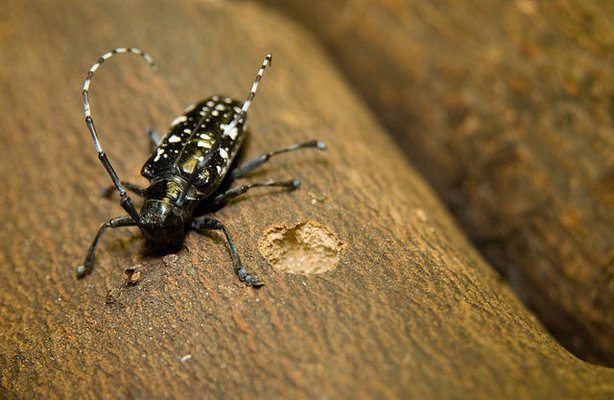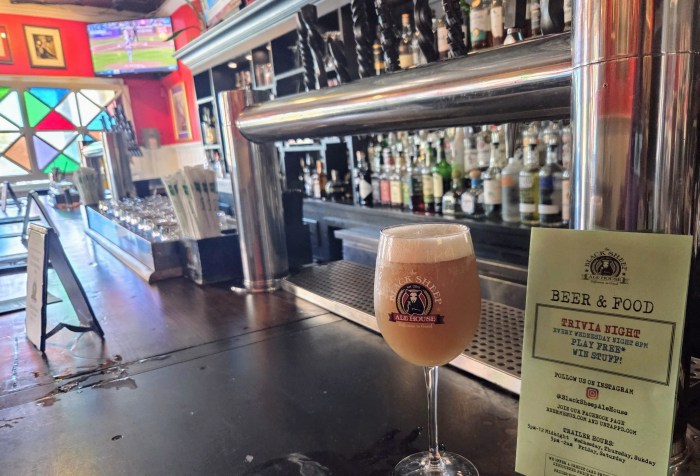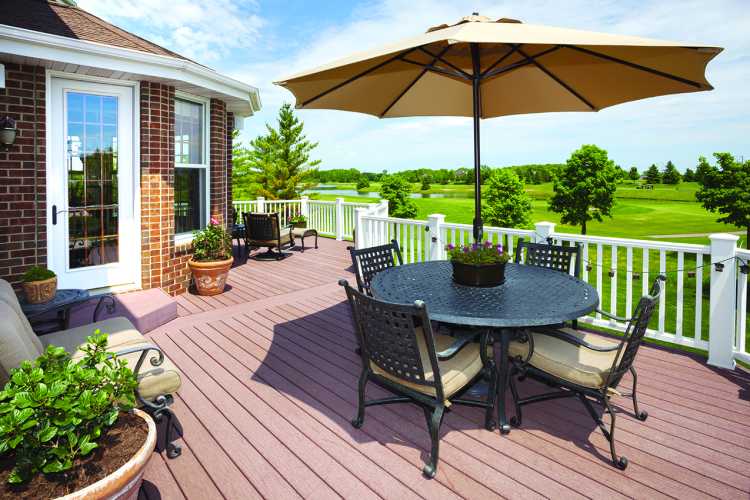By Brendan O’Reilly
With white-and-black-striped long antenna, a shiny, jet-black body with white spots, and six bluish legs and feet, the Asian longhorned beetle has become more than a nuisance on Long Island.
The invasive species has infested and killed more than 160,000 trees in the Northeast, 23,959 trees in New York and 2,818 trees on Long Island—nearly all of them in Suffolk County. That’s why the U.S. Department of Agriculture is urging county residents to check their trees for this beetle. Rhonda Santos, a spokesperson for the federal Asian Longhorned Beetle Eradication Program, said the hot month of August is a prime time to spot full-sized adult beetles.
“New York and Long Island have been fighting this for a long time,” Santos said. “It can take a while to find them, but spotting them when there is only one or two is better than when there is an explosion of infestations.”
Asian longhorned beetles were first found in Brooklyn in 1996 after they were thought to have hitchhiked on wooden-packing material used in cargo shipments from China. Their population boomed in areas in Illinois, New Jersey, New York, Ohio and Massachusetts.
Alongside partnering agencies, the eradication program inspects trees and removes infested and high-risk trees within a quarantined area. More than 8,300 trees have been removed in Suffolk County. The program actively inspects trees in Babylon, Farmingdale, Melville, Lindenhurst, Brooklyn and western Queens. Santos said the public needs to get more involved to save forests from the destructive pest.
“When an infestation is found sooner, it not only saves money, it saves trees, and it lessens the impact to affected communities and industries,” she said. “Folks are out during their summer anyway in their yards, in their parks and closer to trees than during the winter months.”
Signs of an infestation include round holes—a little smaller than a dime—in tree trunks and branches, shallow oval scarring on tree bark, sawdust-like residue in the vicinity of trees, and dead or unhealthy branches. Asian longhorned beetles feast on maple, birch, elm, willow, ash and poplar. When the beetle’s eggs spawn larvae during the summer, they chew and tunnel deeper into the hardwood, and grow to be the size of a pinky finger during the winter months. The following summer, the larvae pupates and spreads to other trees.
“It’s a sad tale for the tree when it gets infected because it is essentially getting eaten from the inside out,” Santos said. “These trees are hazardous and can become very problematic due to storm damage. The way the insect attacks a tree, it weakens the tree’s structural integrity. They drop branches, and with storms they can topple. Branches are very heavy and can cause damage to property and people if they happen to be under them.”
Anyone who finds signs of the beetle should take note of the damage and photograph the tree and beetle when possible. For those quick on their feet, capturing the insect in a container and freezing it will preserve it for easier identification. Findings can be reported by calling 1-866-702-9938 or by completing an online form at asianlonghornedbeetle.com.
This article first appeared in The Southampton Press.



































